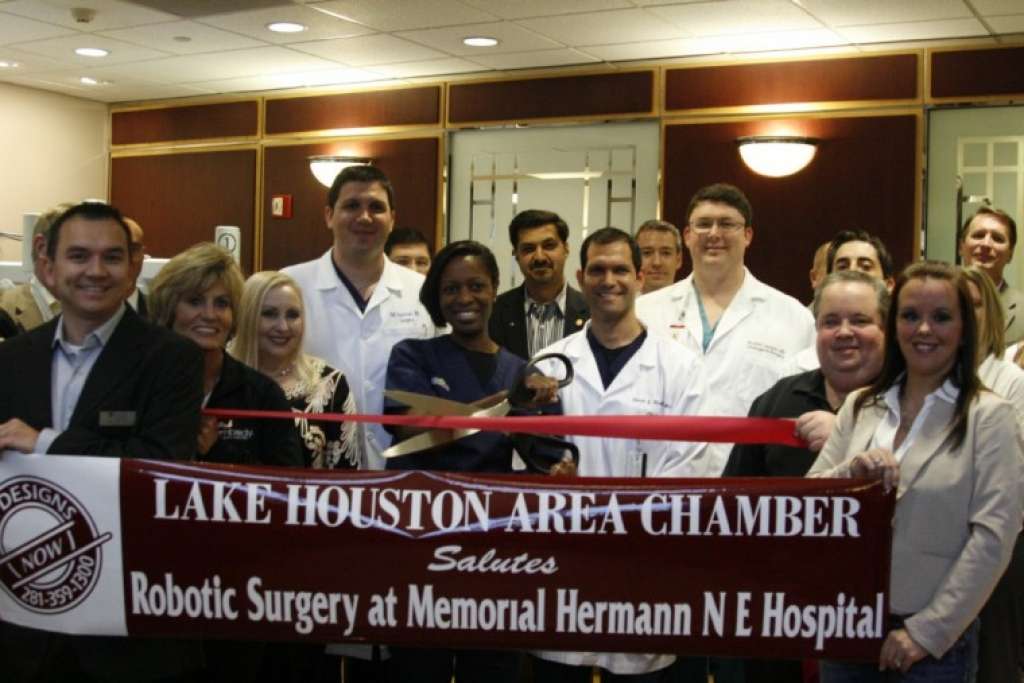 As hospital systems consolidate, and as more physicians become hospital employees, the business side of the hospital has taken control over the acquisition of new procedures and technologies. For medical device companies, the days of driving sales via physician champions is over.
As hospital systems consolidate, and as more physicians become hospital employees, the business side of the hospital has taken control over the acquisition of new procedures and technologies. For medical device companies, the days of driving sales via physician champions is over.
Each time I seen an announcement like the new Bridge Clinic at MGH or the new bladder-cancer detection system at Intermountain Medical Center, I am reminded that providers are fundamentally regional service businesses.
For providers, acquiring an innovative new medical device means offering a new service to patients. For a provider, the decision to acquire a new medical device is a business decision to grow the hospital’s service share. The more novel the service, the more business risk faced by the hospital, and the more complicated the purchasing decision. Philip Kotler’s book “Strategic Marketing For Health Care Organizations” gives an example of the new reality:
A hospital is considering adding a sports medicine program to its portfolio of services. Before deciding whether to launch such a program, it plans to do market research to gauge the size of the community need, discover which competitors already offer such a program, consider how it will organize and deliver the program, understand how to price its various services, and determine how profitable the program is likely to be.
Medical device sales and marketing needs to adapt. Intuitive Surgical shows us how.
Continue reading “Lessons from @IntuitiveSurg – Don’t sell your device, sell your program” →
 Star medical device engineers know that developing great products requires more than just outstanding technical skills. Star Medical Device Engineers understand product development as a critical business process designed to produce a return on investment, and star engineers understand that product development decisions are both engineering and business decisions.
Star medical device engineers know that developing great products requires more than just outstanding technical skills. Star Medical Device Engineers understand product development as a critical business process designed to produce a return on investment, and star engineers understand that product development decisions are both engineering and business decisions. As hospital systems consolidate, and as more physicians become hospital employees, the business side of the hospital has taken control over the acquisition of new procedures and technologies. For medical device companies, the days of driving sales via physician champions is over.
As hospital systems consolidate, and as more physicians become hospital employees, the business side of the hospital has taken control over the acquisition of new procedures and technologies. For medical device companies, the days of driving sales via physician champions is over.


 In almost every business, customers weigh the downside of poor product reliability more than the upside of new product features. Consumer demand for reliability has driven automotive industry design improvements for the last few decades.
In almost every business, customers weigh the downside of poor product reliability more than the upside of new product features. Consumer demand for reliability has driven automotive industry design improvements for the last few decades.